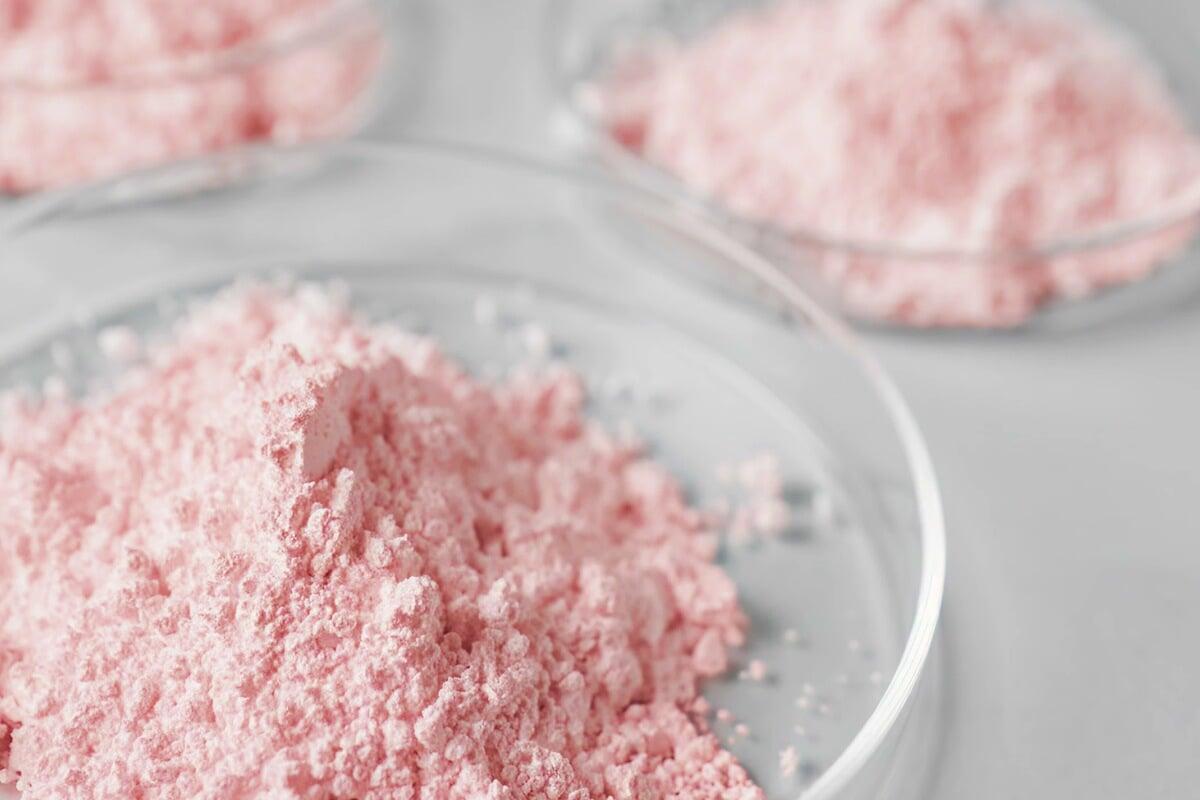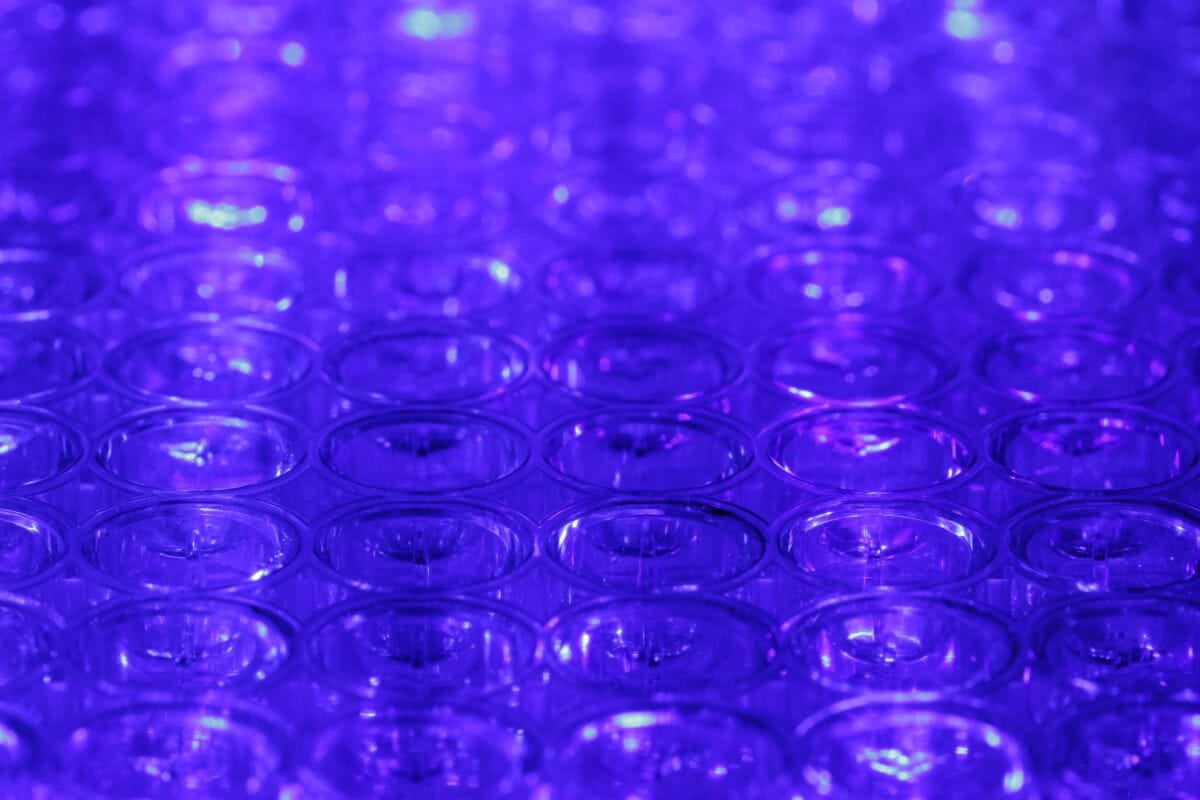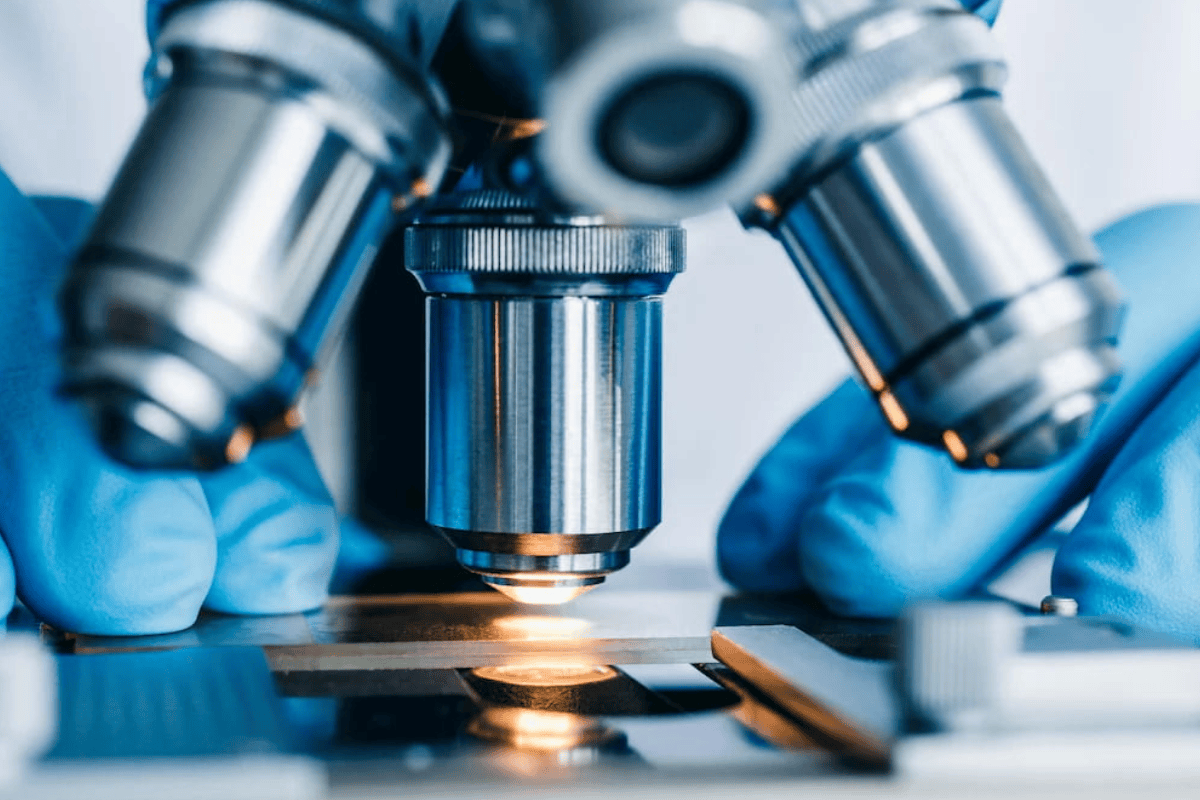Blog categorized as Research & Development
Thiol-ene reactions are well-known in chemistry, but their usefulness is restricted by limited shelf lives due to the thiolic affinity for adding across the ene, even in the absence of light. And yet such self-initiation is of great interest in industrial chemistry, allowing photopolymerisation to o...
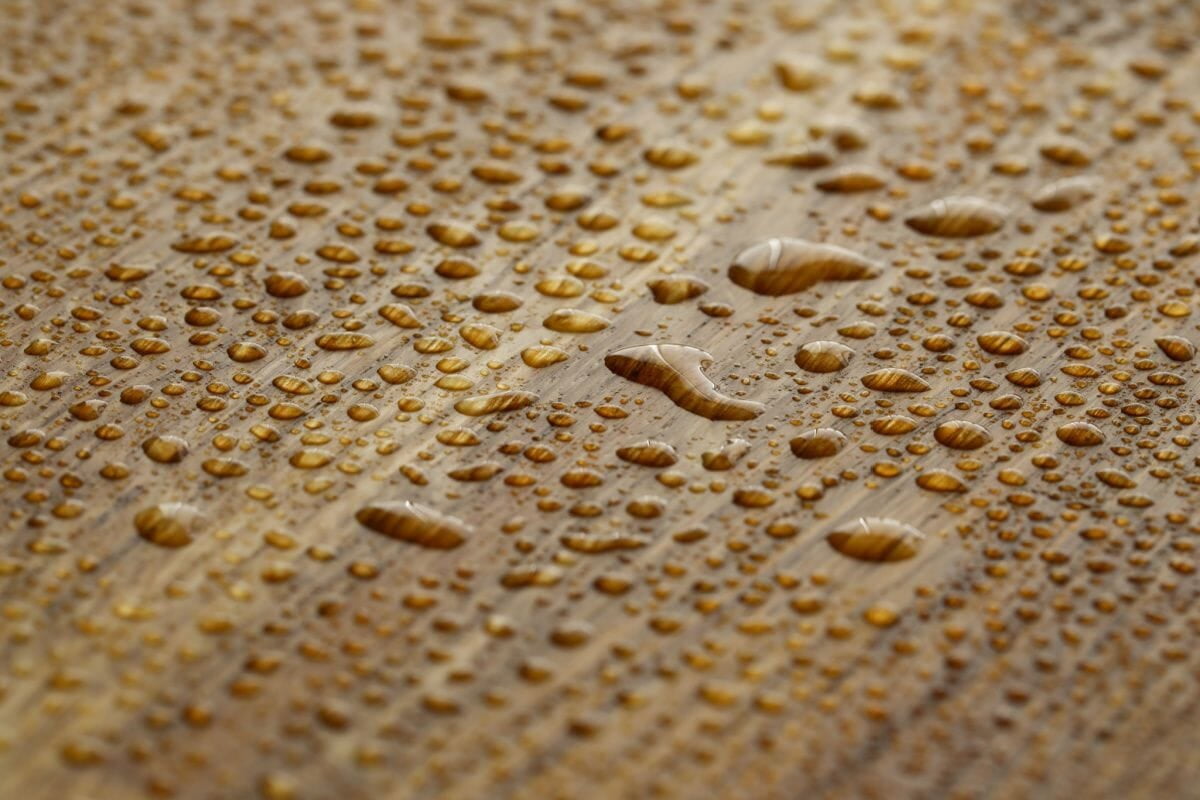
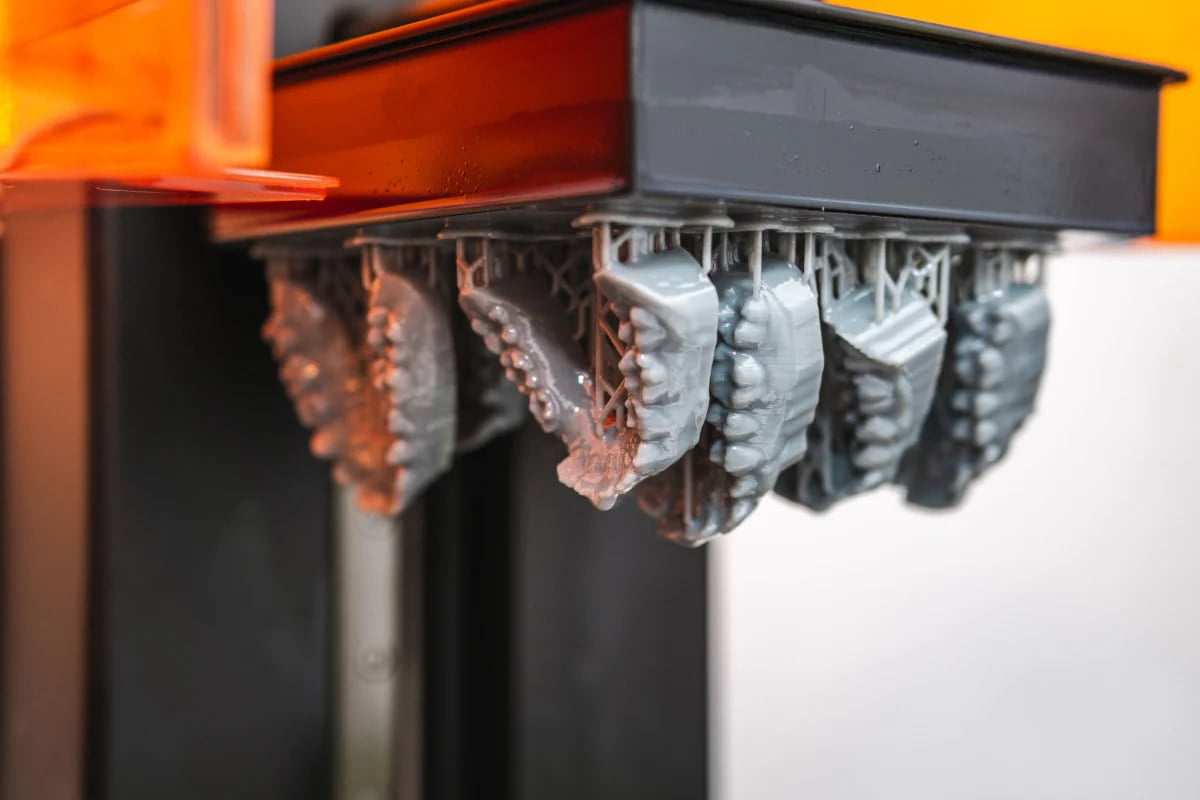
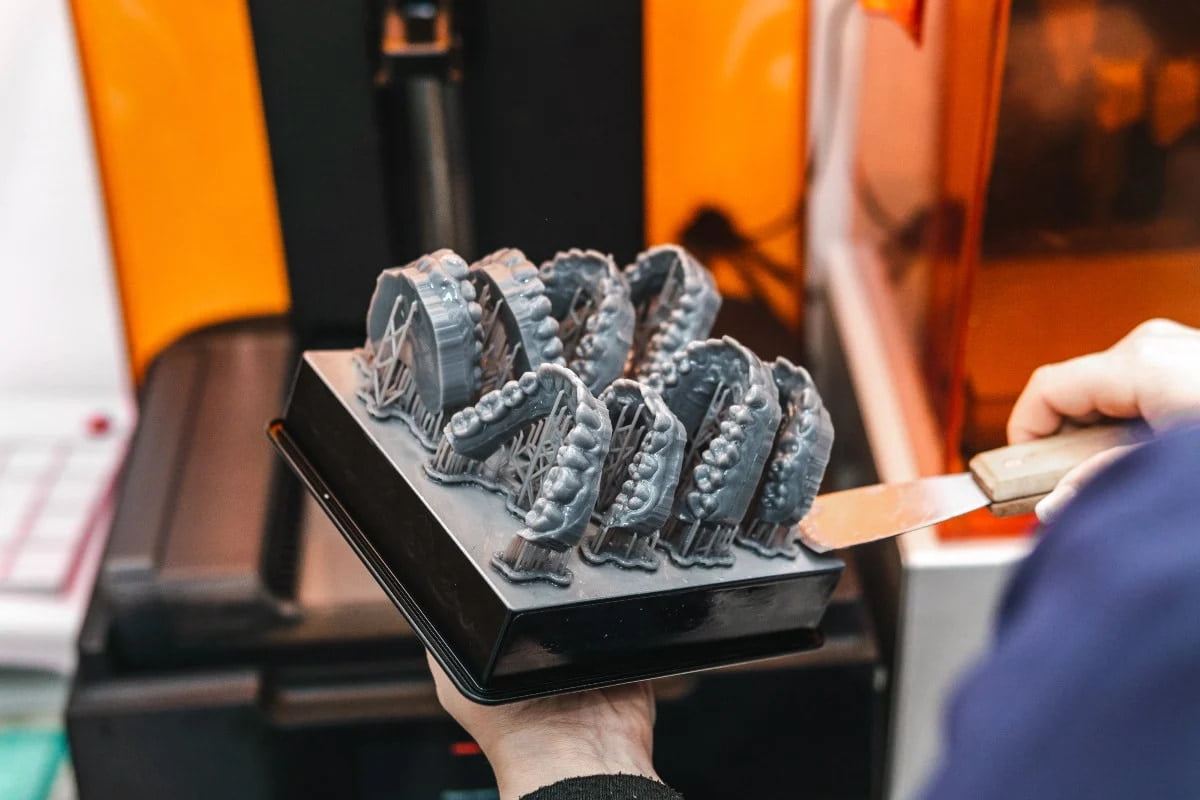
3D printing continues to gain ground in the field of dental applications, but work remains to obtain a complete picture of how their final properties are formed during the post-curing stage, most crucially for the development of reliable appliances. These methods, known as additive methods, demand f...
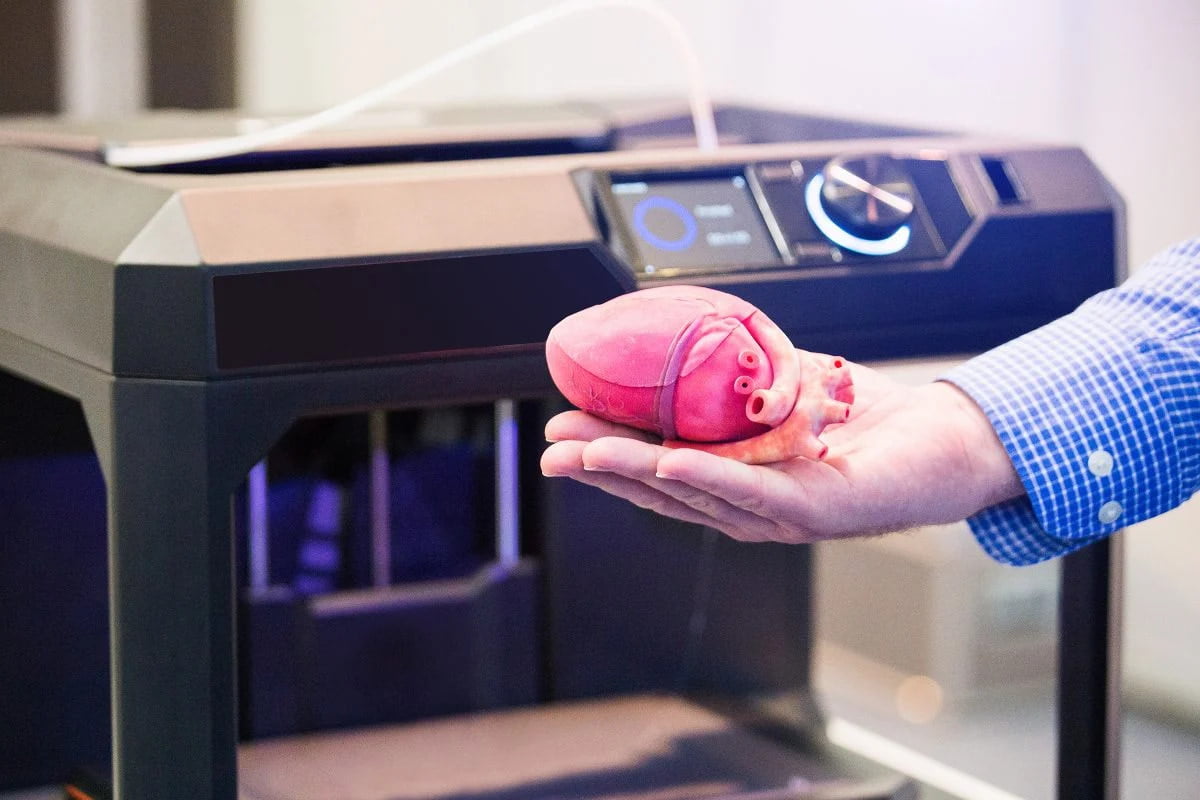
3D printing is a technology that can be used to quickly fabricate components of complex morphologies through the use of computational input. Accordingly, the use of computer-aided design (CAD) models of computed tomography (CT) scans can be employed as the basis for the 3D printing of medical equipm...
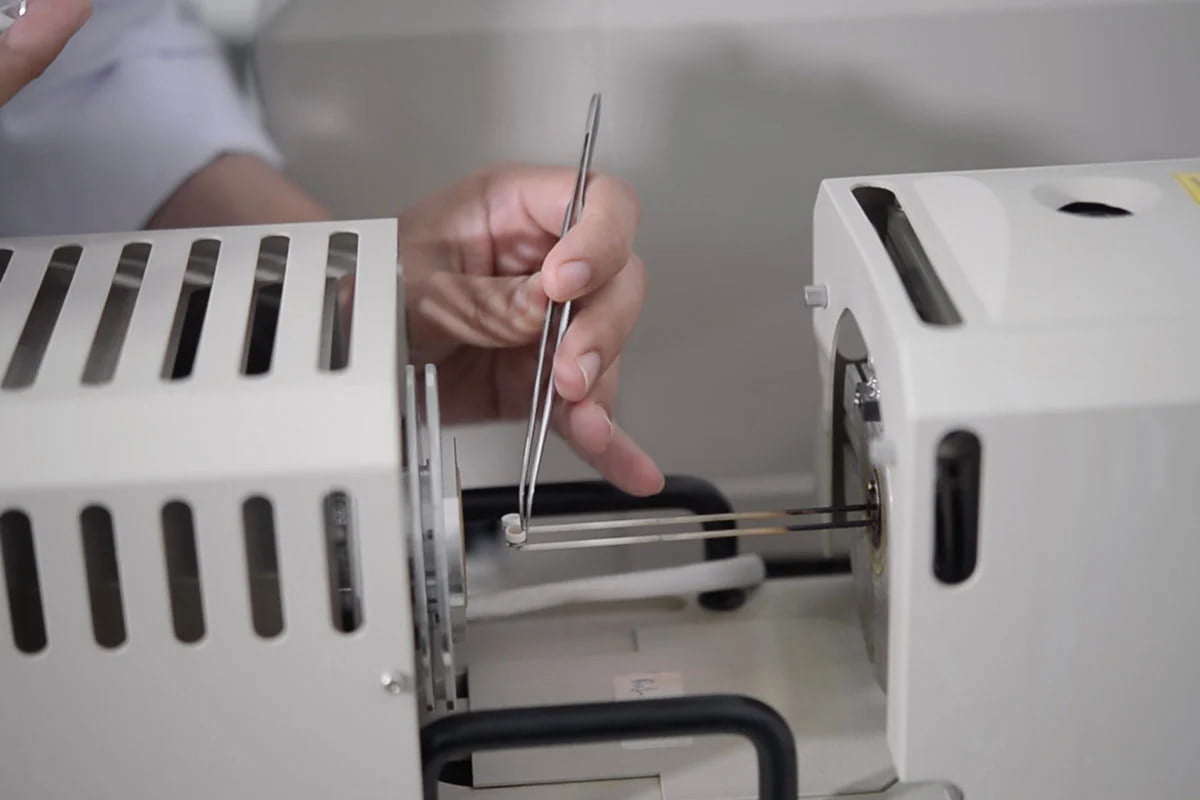
For polymeric materials, like Poly(methyl methacrylate), the glass transition temperature (Tg) plays an important role in making them suitable for a variety of applications. They are capable of governing the both mechanical and physical characteristics of them. However, the thermal events are not fu...
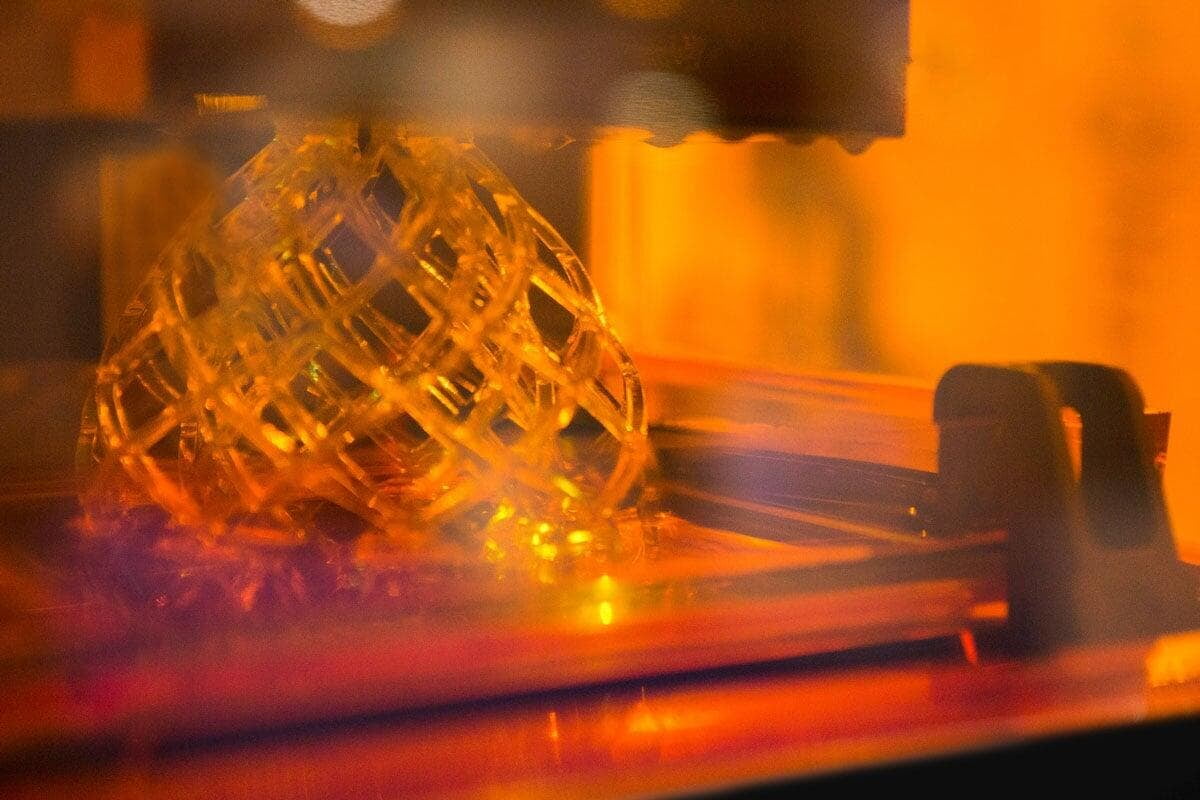
The dental industry is investing heavily in the use of additive manufacturing, or 3D printing, as a more cost effective and sustainable method of producing dentures from medical-grade restorative materials. Most of the most well-known dental companies have a 3D printing research programme, with a vi...
An interview with Professor Julian Jones, Professor of Biomaterials and Tissue Engineering, Imperial College London.
In the field of regenerative medicine, there is an unmet clinical need for scaffolds that are capable of load sharing alongside host tissue, whilst biodegrading at a predictable rate u...

Shrinkage during UV curing of monomer mixtures is more complex than previously thought, to the extent that the theoretical calculations currently used to predict shrinkage in single monomer mixes by manufacturers formulating their own liquids may no longer apply.
This is according to a paper, Ev...

Increasing business, consumer and regulatory pressures are accelerating the drive for sustainable materials. The plastics and polymer industries are no exception, as the use of natural bio-based monomers derived from renewable biomass resources increases.
Despite the large variety and diversity...

In 1987, Per Bak, along with colleagues Tang and Weisenfeld, published a landmark paper in Physics Review Letters (PRL). The paper, Self-organized criticality: An explanation of the 1/f noise, represented a giant leap in the understanding and modelling of dynamical systems. In this article...

Polymerisation inhibitors are crucial for the safe storage of the volatile and easily catalysed methyl methacrylate (MMA). To drive polymerisation during the production of poly(methyl methacrylate) (PMMA), these inhibitors need to be consumed but they leave a chemical footprint. These chemical resid...

Poly (methyl methacrylate) (PMMA) is a versatile acrylic plastic. Tough, rigid and transparent, it combines chemical stability with low toxicity for a wide range of industrial and consumer applications. PMMA microbeads are at the heart of many important products, from dental protheses to...
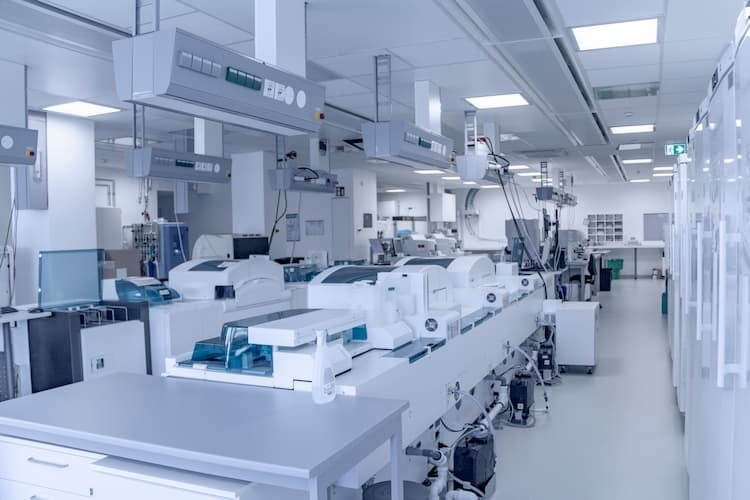
Dental prosthetics is a thriving industry, providing innovative solutions to a growing global population, thanks to a range of new materials and techniques. When a successful Australian dental prosthetics manufacturer approached us with a new product, it came with complex chemistry problems. In...
